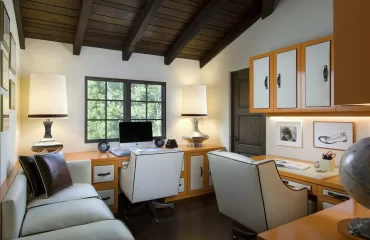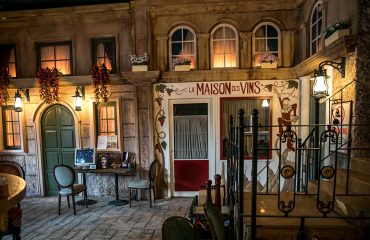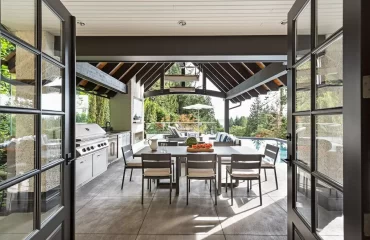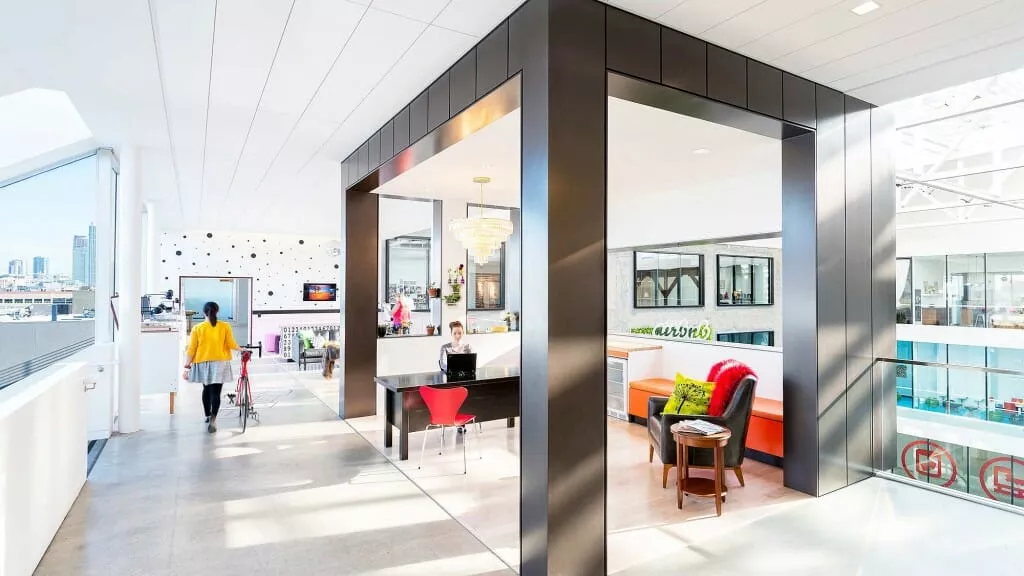 The working culture has evolved immensely since the company offices became a new phenomenon. Recognizing the impact of the consequences of office life on people’s overall well-being over the years has led to many new developments in office design. Designers have proven to be truly creative in their design solutions for interior architects and office furniture manufacturers. In this context, the 10 office design ideas and trends in this series will work for interior design projects developed in a wide variety of ways, whether designers are helping a startup company use its workspace more efficiently or planning a company’s entire office building.
1) Open Floor Plans
The working culture has evolved immensely since the company offices became a new phenomenon. Recognizing the impact of the consequences of office life on people’s overall well-being over the years has led to many new developments in office design. Designers have proven to be truly creative in their design solutions for interior architects and office furniture manufacturers. In this context, the 10 office design ideas and trends in this series will work for interior design projects developed in a wide variety of ways, whether designers are helping a startup company use its workspace more efficiently or planning a company’s entire office building.
1) Open Floor Plans
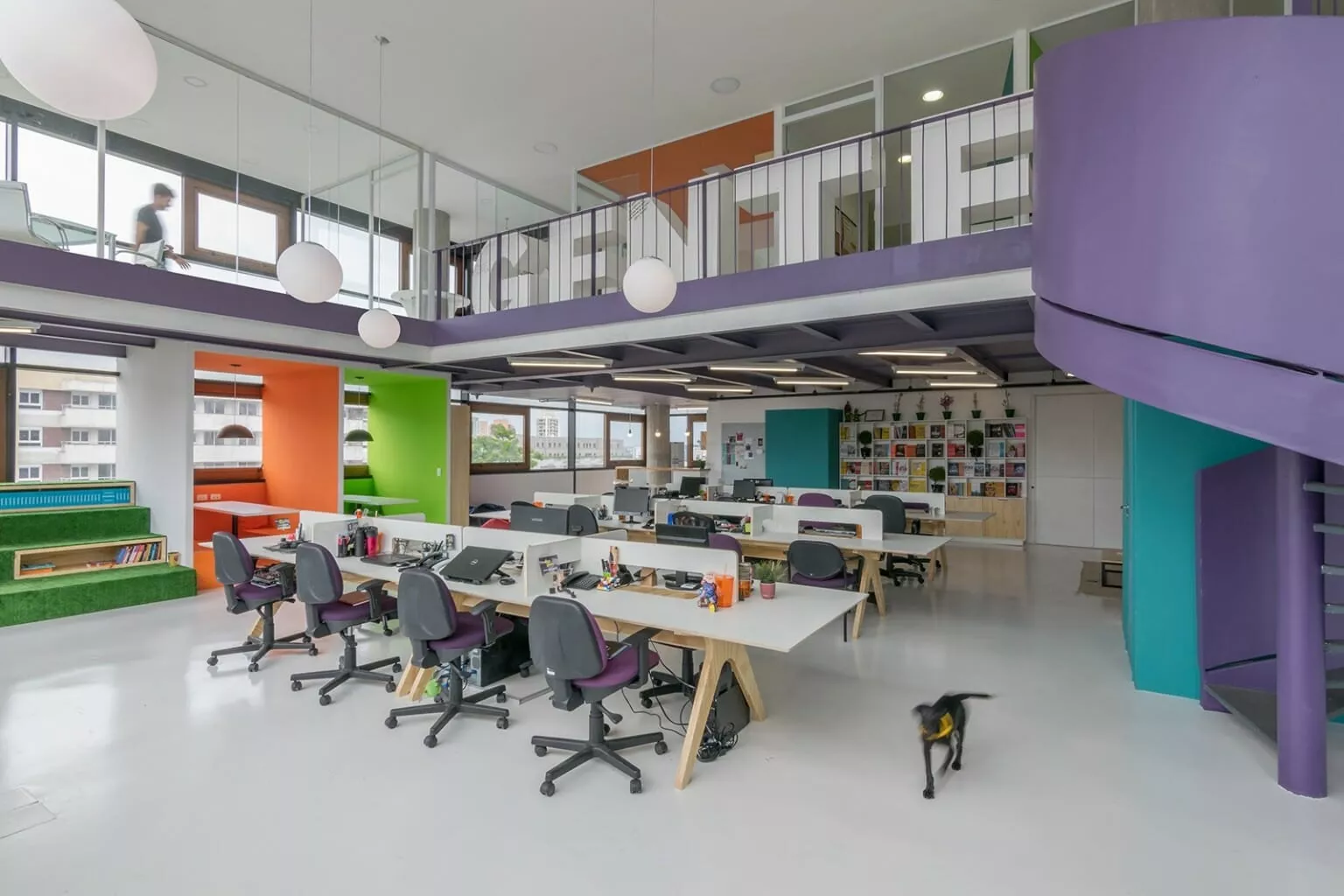
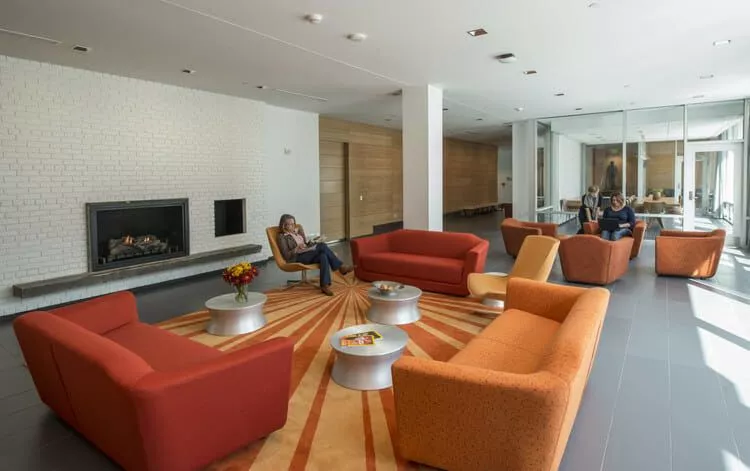
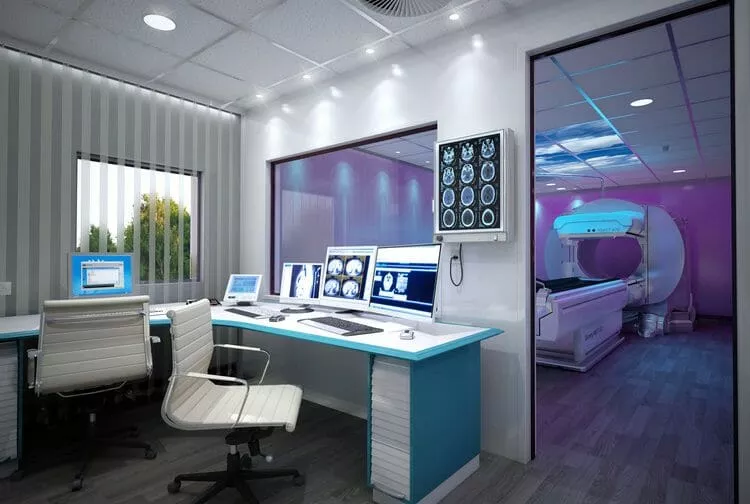
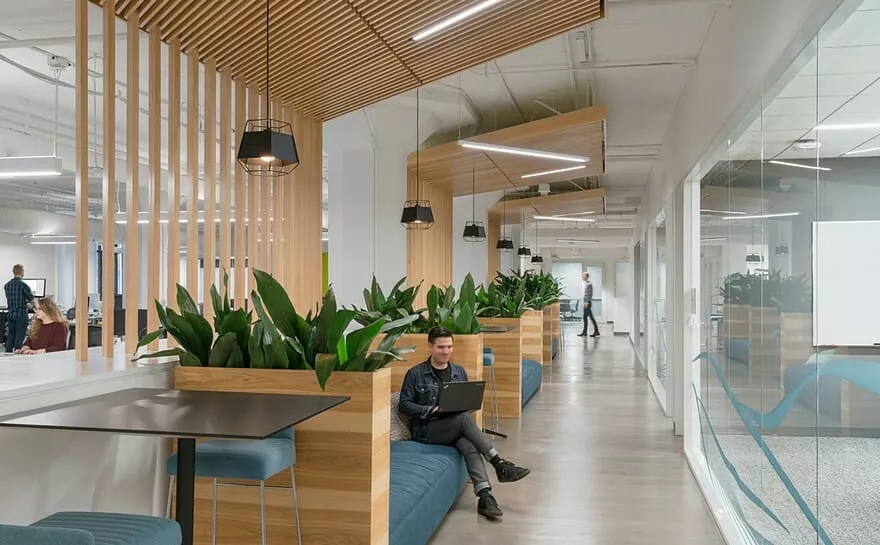
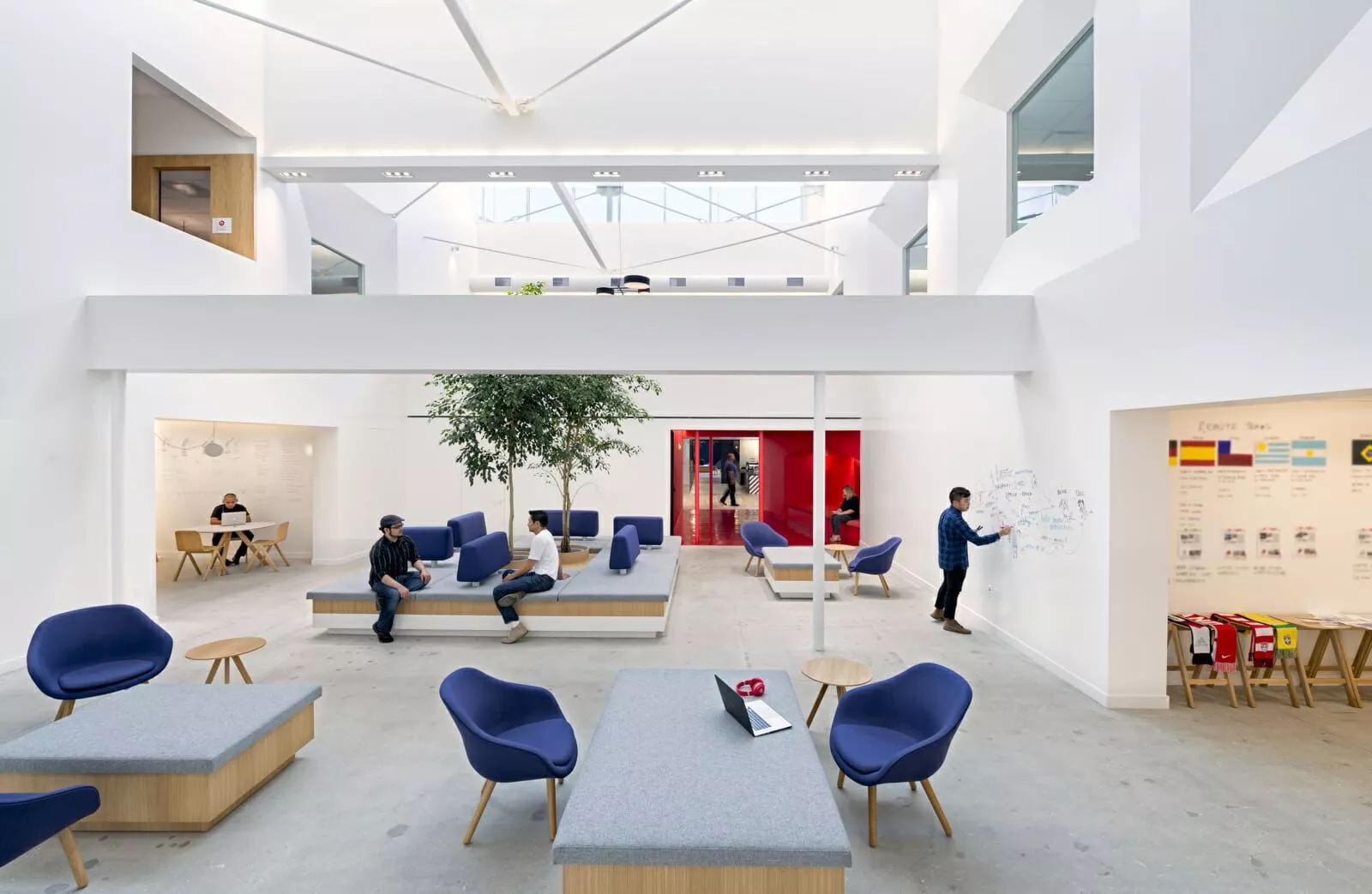
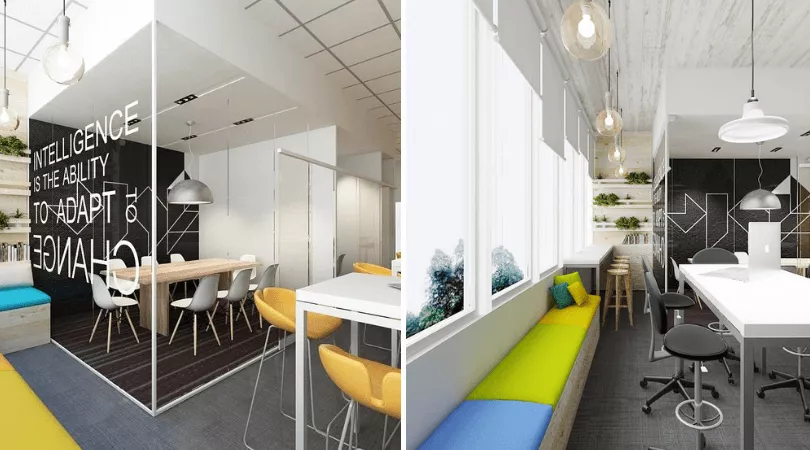
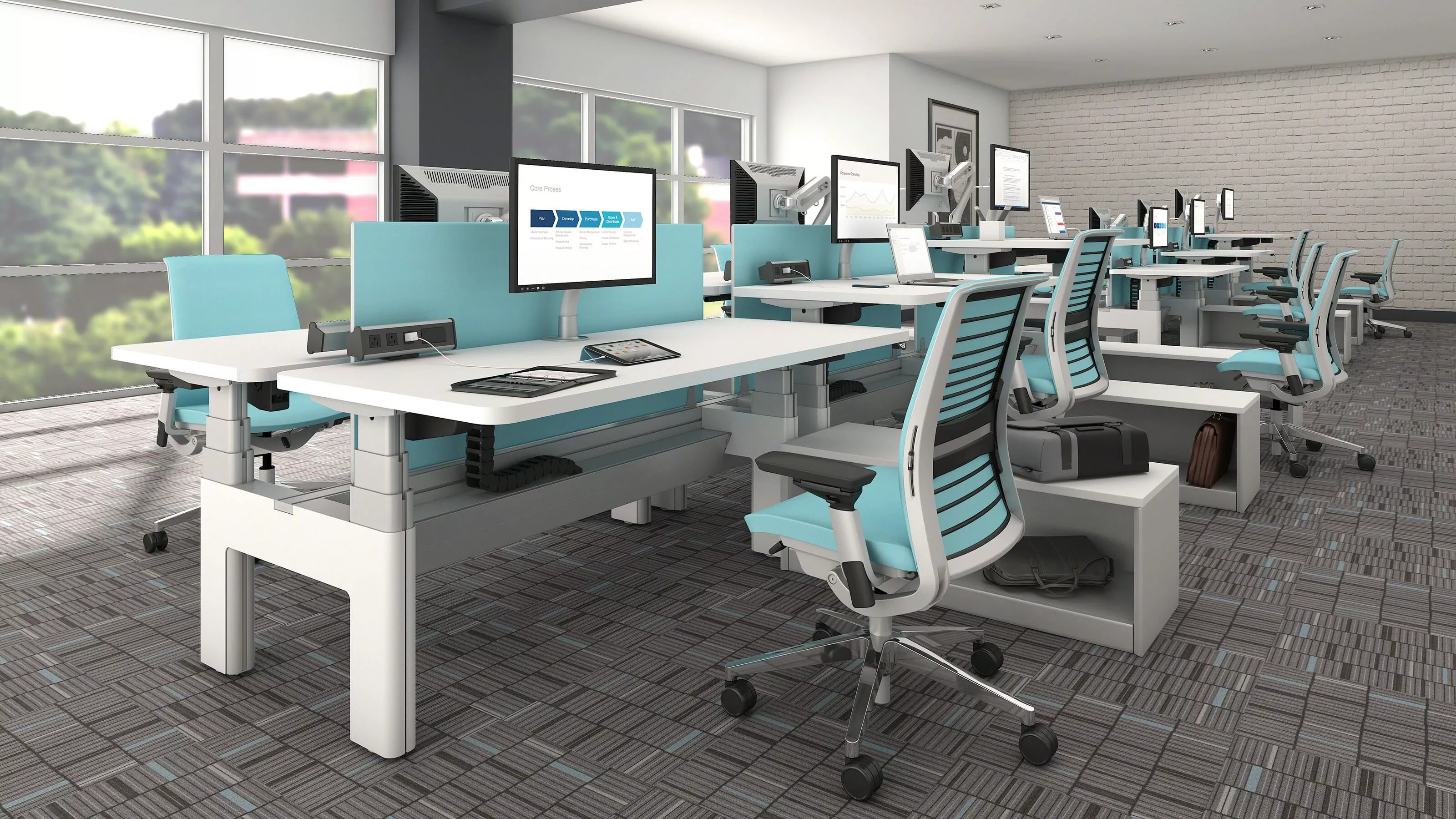
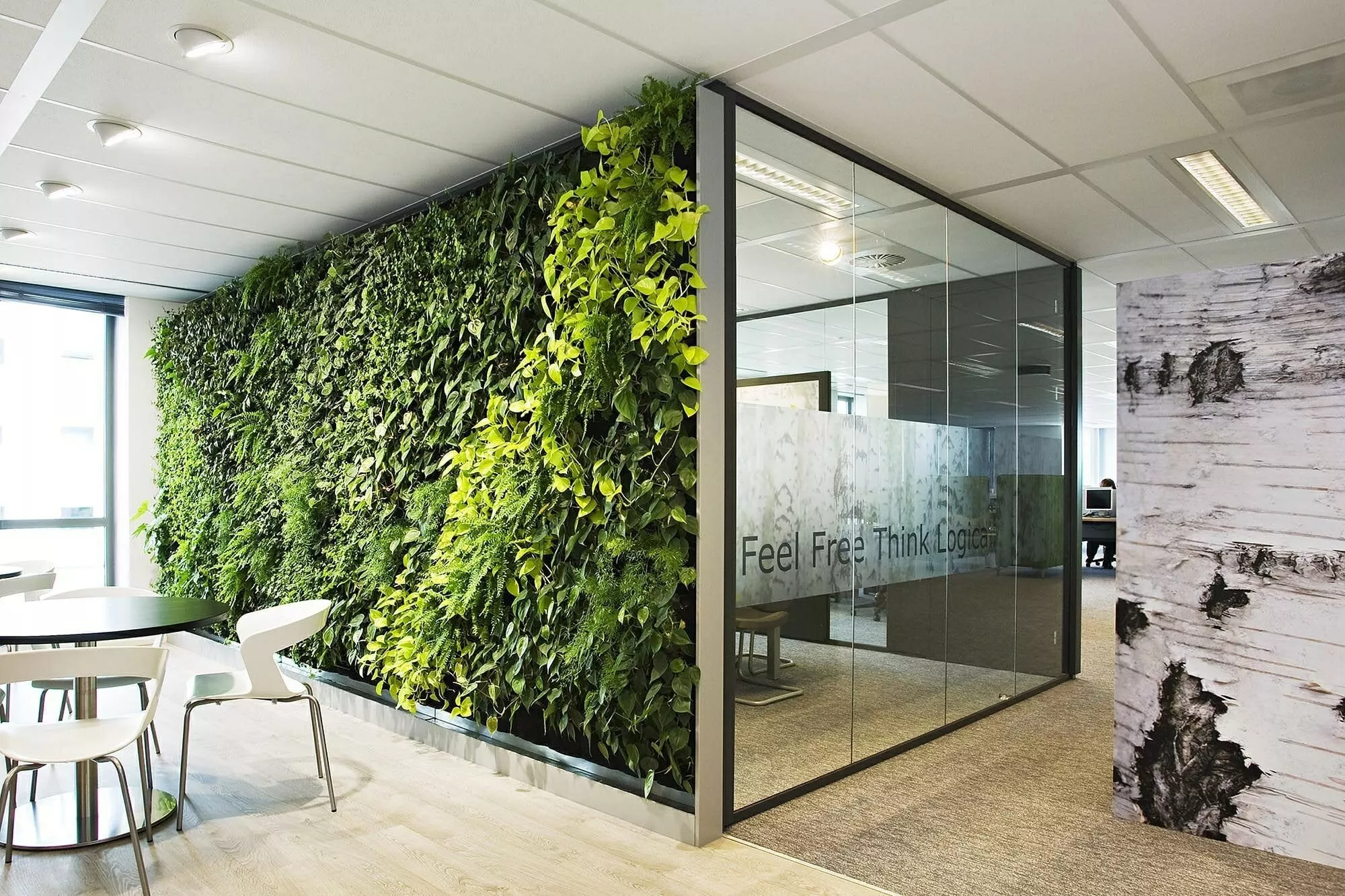
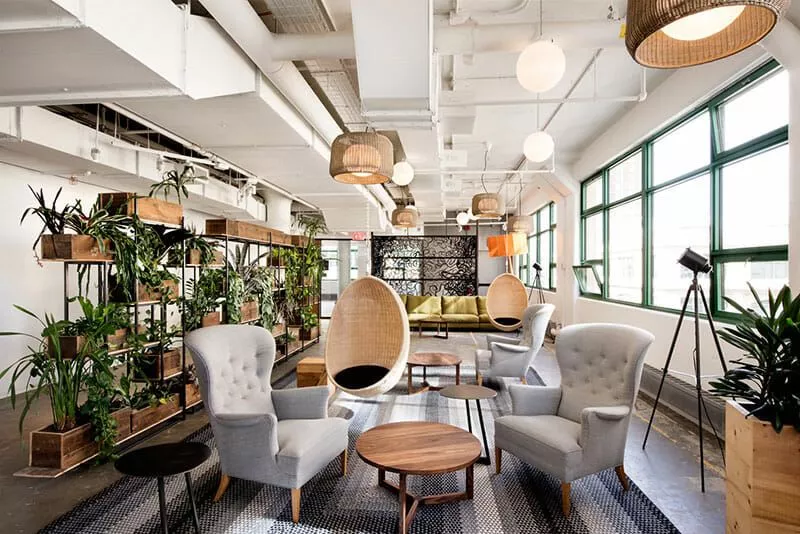
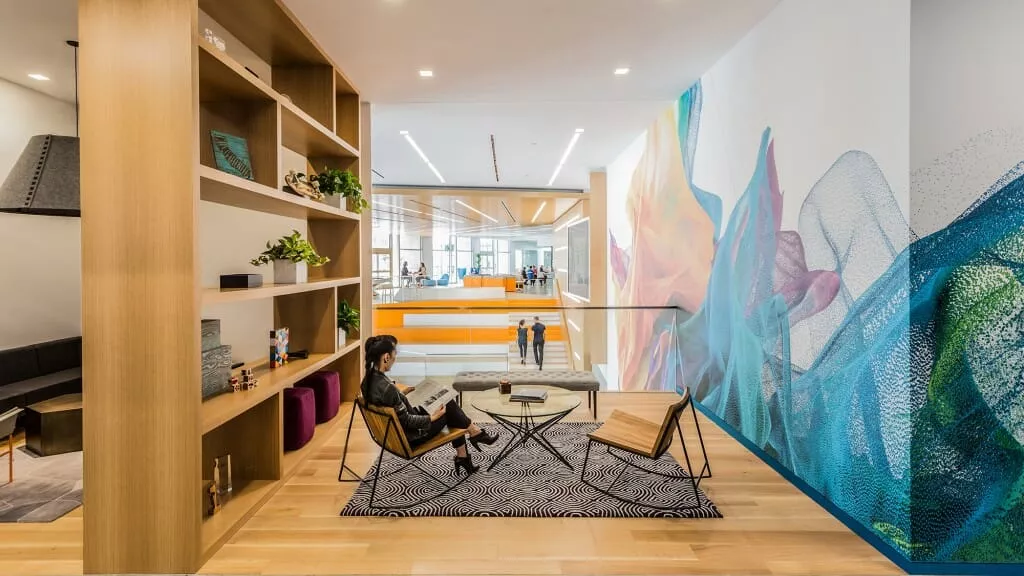
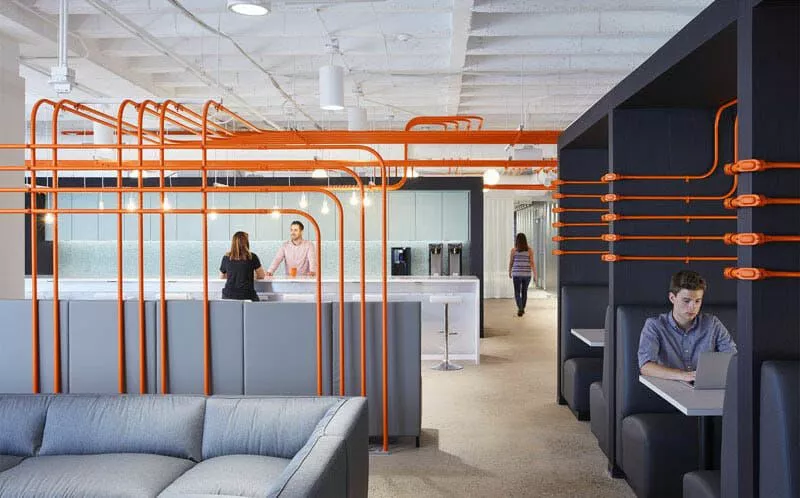
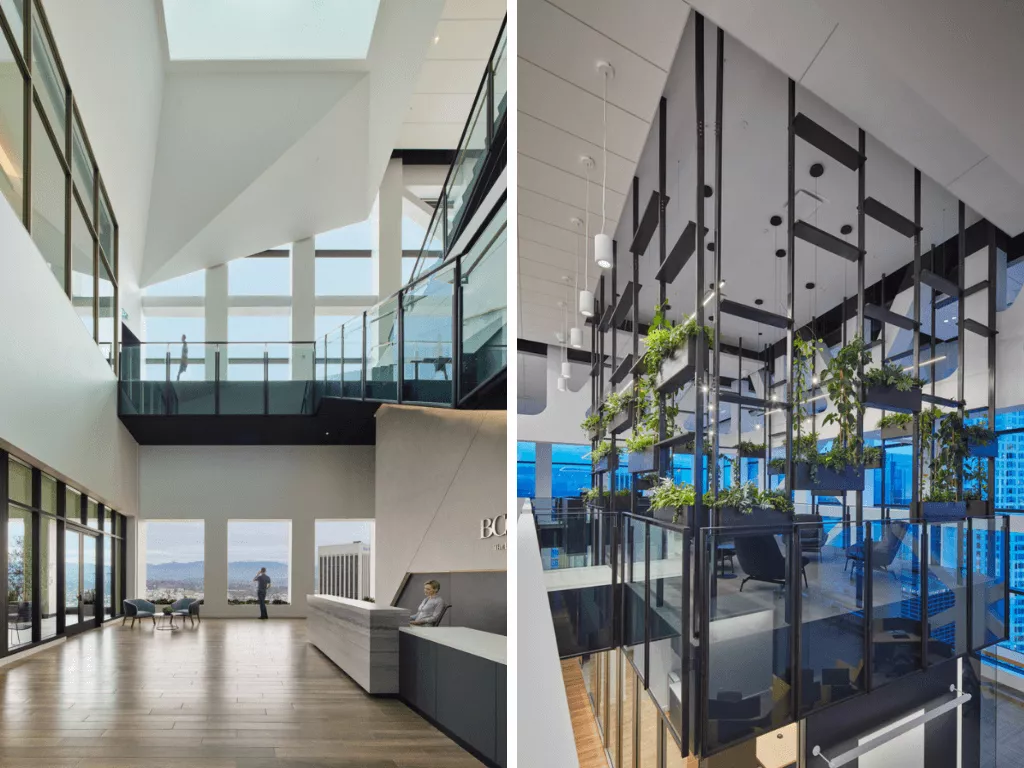
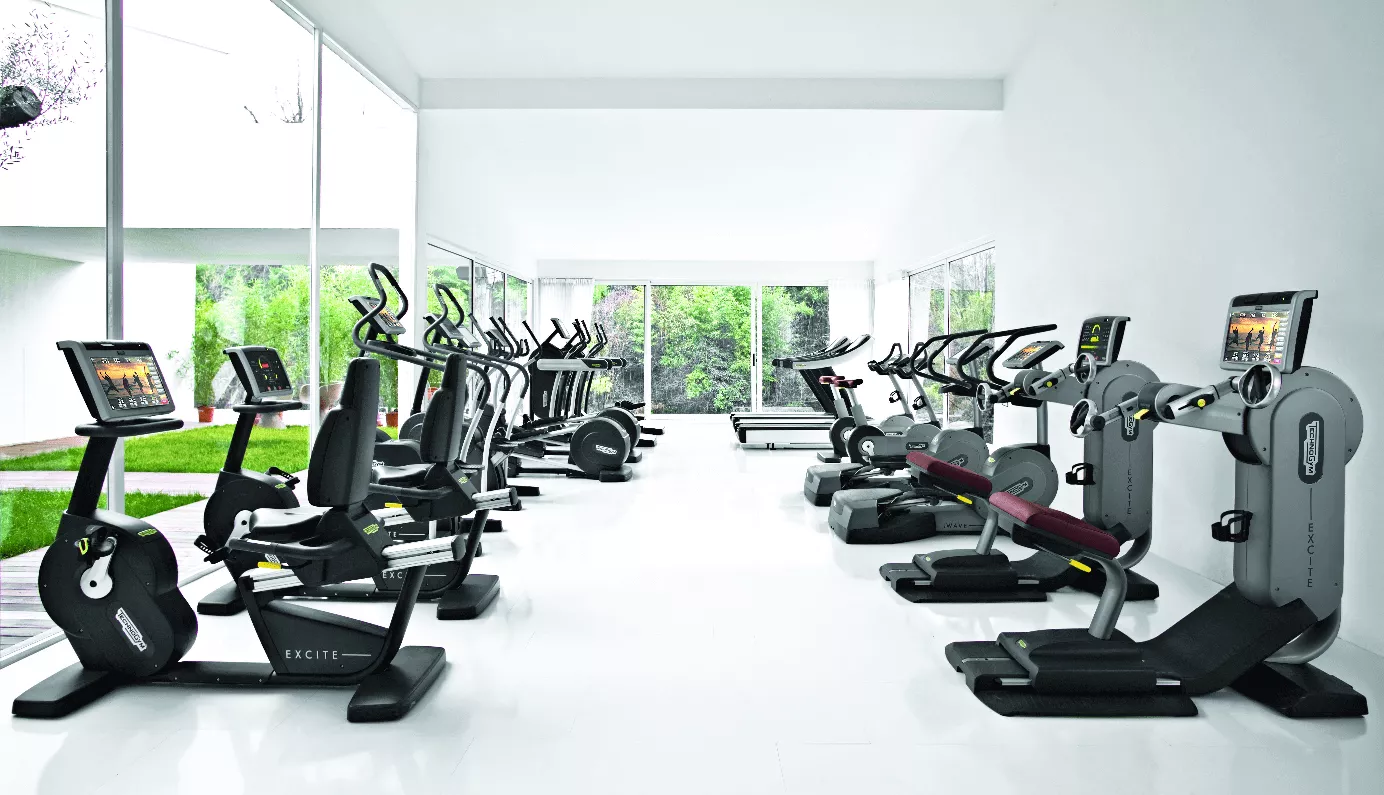
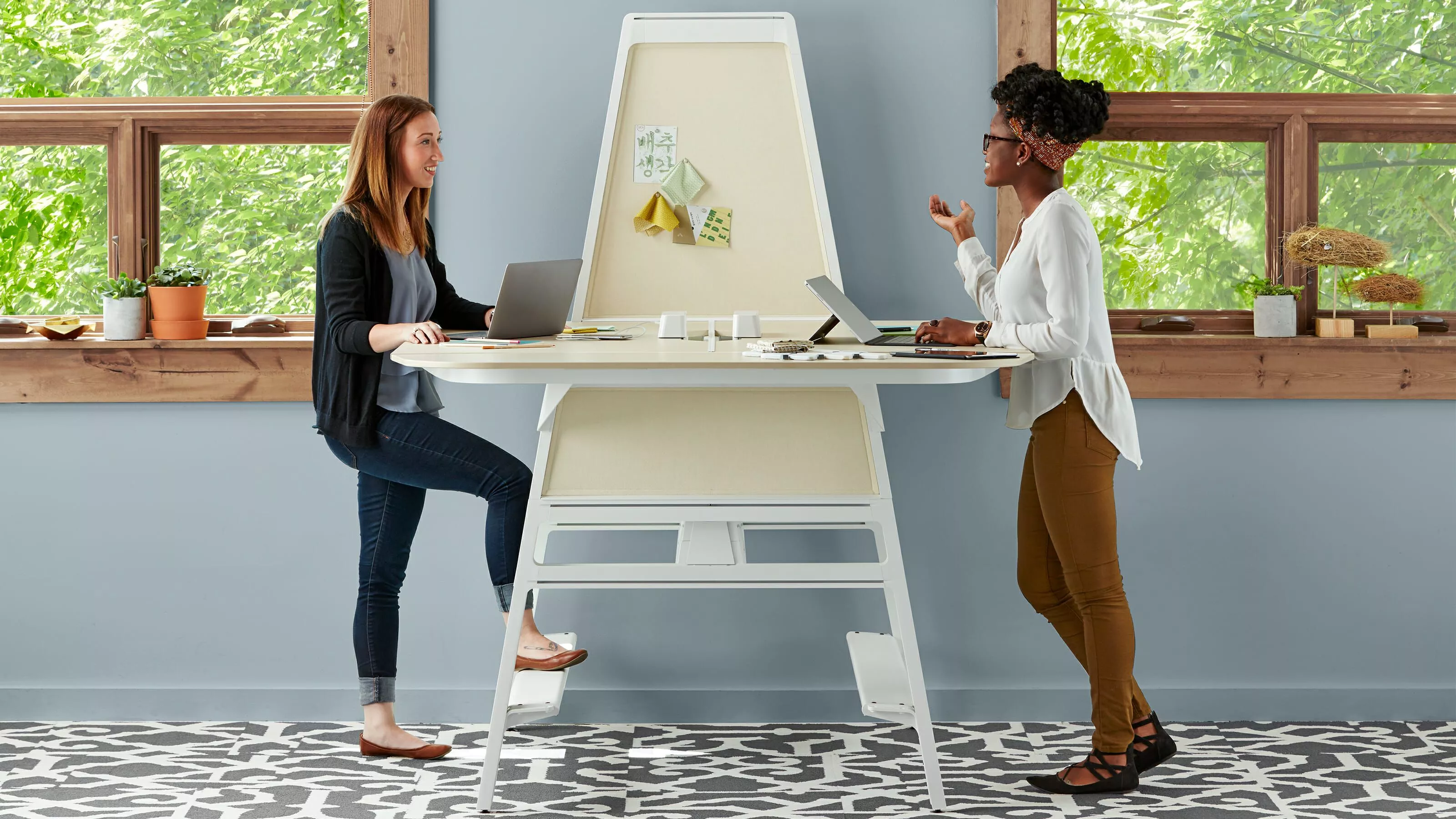
[Feedback: 1, 2, 3, 4, 5, 6, 7, 8, 9, 10, 11, 12, 13, 14, 15]
